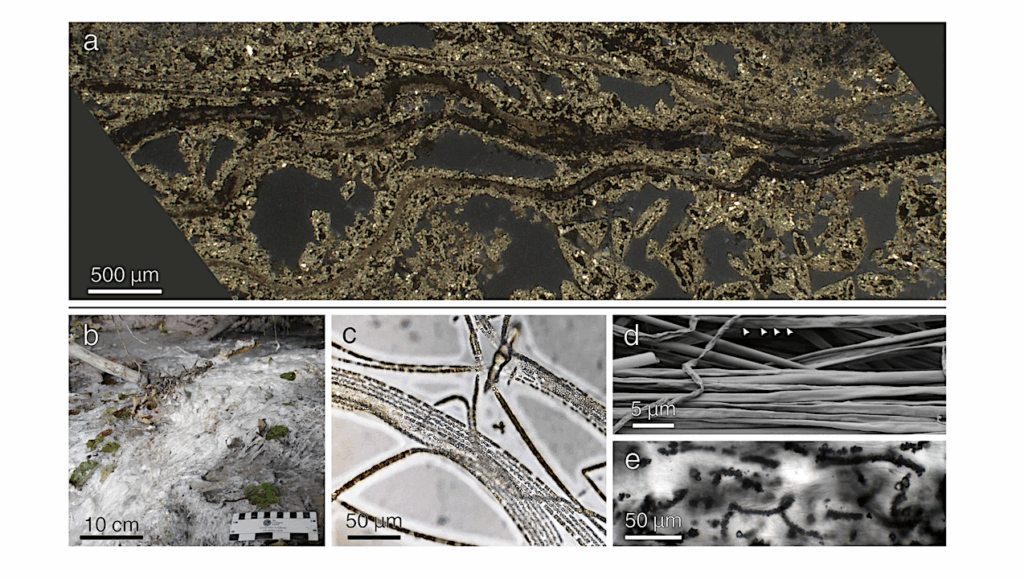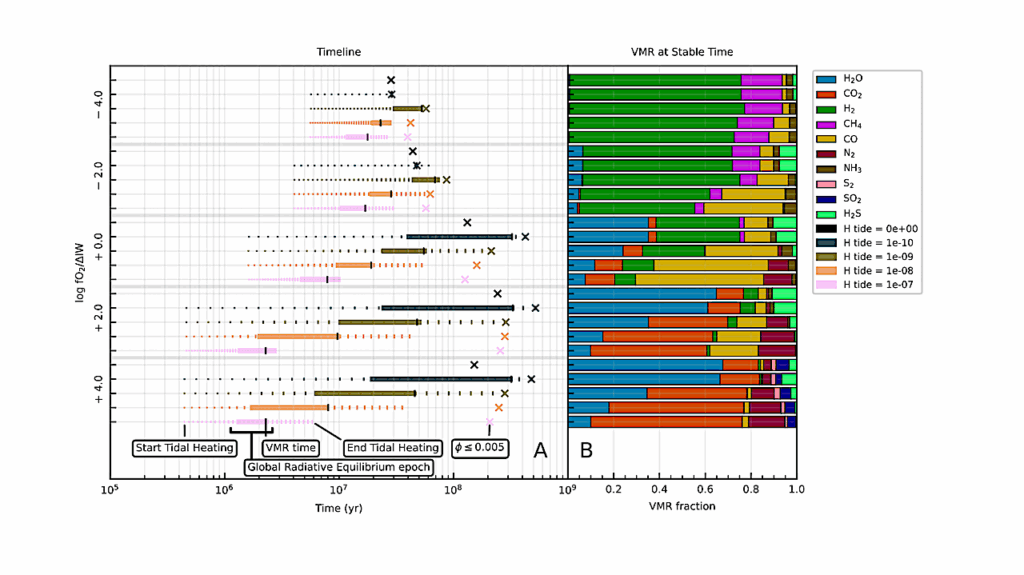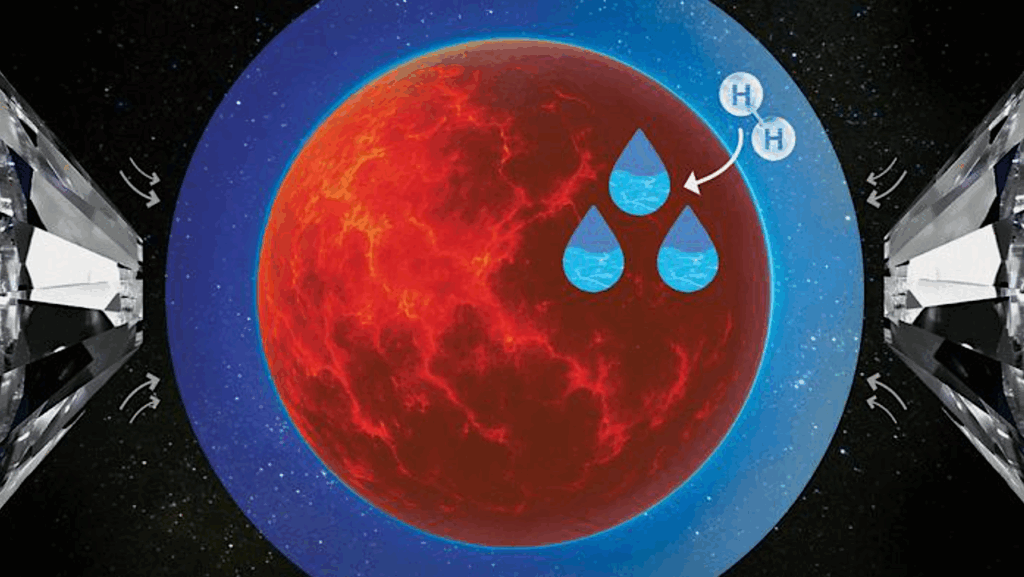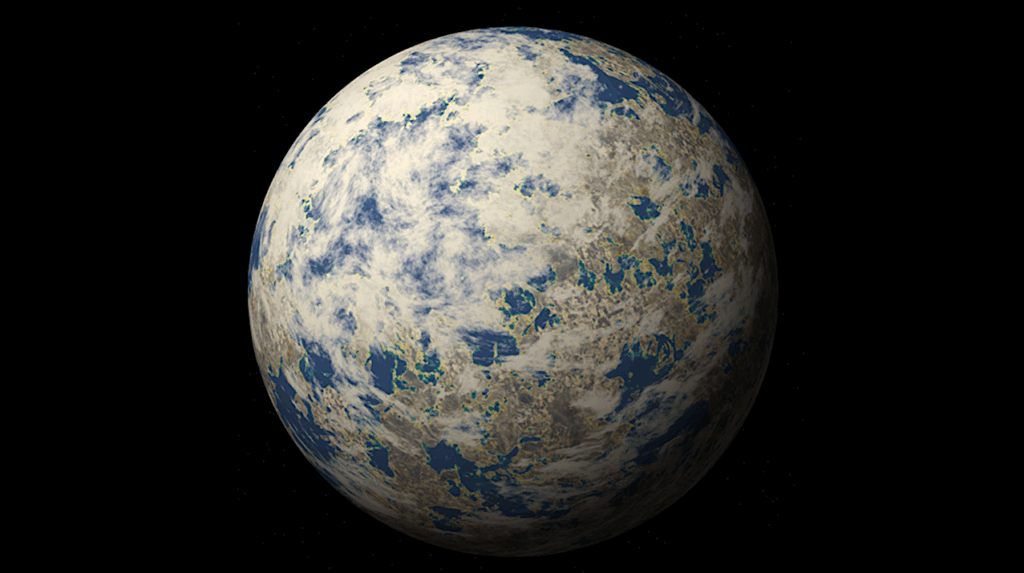Temperature Constraints for Complex Life

In an effort to derive temperature based criteria of habitability for multicellular life, we investigated the thermal limits of terrestrial poikilotherms, i.e. organisms whose body temperature and the functioning of all vital processes is directly affected by the ambient temperature.
Multicellular poikilotherms are the most common and evolutionarily ancient form of complex life on earth. The thermal limits for their active metabolism and reproduction are bracketed by the temperature interval 0C < T <50C. The same interval applies to the photosynthetic production of oxygen, an essential ingredient of complex life, and for the generation of atmospheric biosignatures. Analysis of the main mechanisms responsible for the thermal thresholds of terrestrial life suggests that the same mechanisms would apply to other forms of chemical life. We propose a habitability index for complex life, h050, representing the mean orbital fraction of planetary surface that satisfies the temperature limits 0C < T < 50C. With the aid of a climate model tailored for the calculation of the surface temperature of Earth-like planets, we calculated h050 as a function of planet insolation S, and atmospheric columnar mass Natm, for a few earth-like atmospheric compositions.
By displaying h050 as a function of S and Natm, we built up an atmospheric mass habitable zone (AMHZ) for complex life. At variance with the classic habitable zone, the inner edge of the complex life HZ is not affected by the uncertainties inherent to the calculation of the runaway greenhouse limit. The complex life HZ is significantly narrower than the HZ of dry planets. Our calculations illustrate how changes in ambient conditions dependent on S and Natm, such as temperature excursions and surface dose of secondary particles of cosmic rays, may influence the type of life potentially present at different epochs of planetary evolution inside the AMHZ.
Laura Silva (1), Giovanni Vladilo (1), Patricia M. Schulte (2), Giuseppe Murante (1), Antonello Provenzale (3) (1 National Institute for Astrophysics INAF-OATs, Trieste, Italy; 2 Department of Zoology, Univ. of British Columbia, Vancouver, Canada; 3 Institute of Geosciences and Earth Resources IGG, CNR, Pisa, Italy)
(Submitted on 29 Apr 2016)
From Climate models to planetary habitability: temperature constraints for complex life
Comments: 33 pages, 8 figures, abstract abridged, accepted for publication in the International Journal of Astrobiology
Subjects: Earth and Planetary Astrophysics (astro-ph.EP)
Cite as: arXiv:1604.08864 [astro-ph.EP] (or arXiv:1604.08864v1 [astro-ph.EP] for this version)
Submission history
From: Laura Silva
[v1] Fri, 29 Apr 2016 15:00:27 GMT (2261kb)
http://arxiv.org/abs/1604.08864








